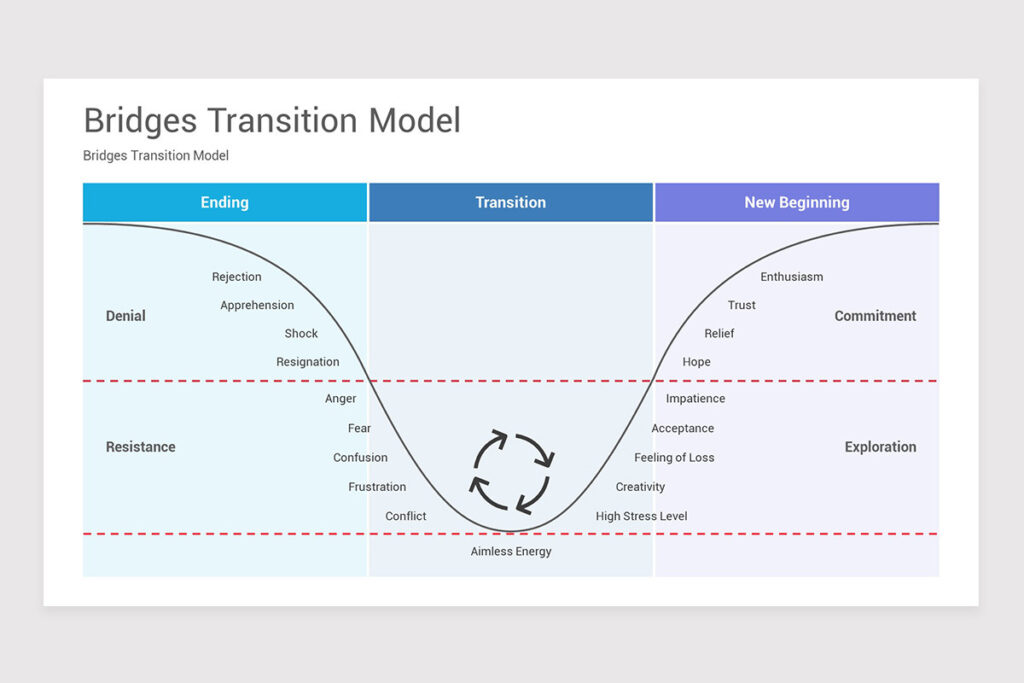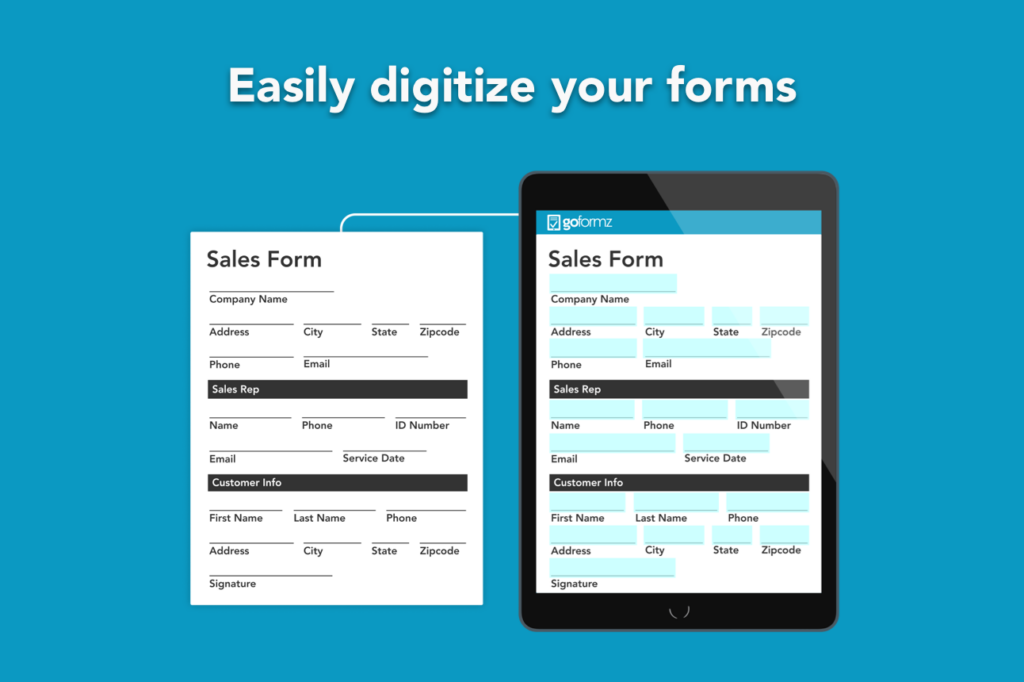Mind the Gap
The first time I visited London, I was exhausted, jet-lagged, and slightly disoriented. After navigating Heathrow and hauling my luggage to the Tube station, I stepped onto my first tram. That’s when I heard it for the first time. Clear, calm, and unmistakably British: “Mind the gap.”
It was thoughtful, even charming. But the more I heard it, the more profound it felt. “Mind the gap” wasn’t just a safety announcement—it was a metaphor for something bigger.
Most people don’t really mind the gap. They subconsciously step over it. Some trip. Some rush through without thinking. But that tiny space, that gap, is what enables connection. Without it, there’s no separation between platform and train, no opportunity for movement. The gap is not a problem. It’s a transition point.
In sound design, for example, high-quality studios are built with gaps in mind. The more separation between walls, the more clarity you can achieve. That space, the air; makes the sound better. It isolates. It gives dimension. It breathes.
That idea stayed with me: the space between two states is not empty. It’s essential. We often rush through change without honoring the space in between, but in business, in design, and in life, it’s the transition that makes transformation possible.
Change Management is Dead. Long Live Transition.
The world doesn’t need more change management plans. It needs better transitions.
Change, as it’s traditionally been packaged, is stiff, staged, and often more about documentation than direction. It leans on buzzwords like “resistance,” “buy-in,” and “alignment” as if the problem is always with the people. But what if the real issue isn’t change at all? What if the friction is in the transition?
The late ’90s business fable Who Moved My Cheese? gave us the character Hem, who resisted change out of fear, and Haw, who eventually adapted. But it glossed over one core truth: people don’t hate change. They hate transition without a bridge.
As William Bridges puts it in his book Transitions, “It isn’t the changes that do you in, it’s the transitions. Change is situational, but transition is psychological.”

This article is about that psychological journey—and the technology that helps us cross the chasm.
The Problem with Change Management
Let’s address the elephant in the room: most change management practices are stuck in the past. They are often reduced to templates, timelines, and training modules that treat people as passive recipients rather than active participants. They assume that once a new tool or process is introduced, employees will naturally comply with enough persuasion and instruction.
But those of us who’ve led change efforts know better. People don’t resist change because they’re difficult. They resist it because something important to them is being left behind—familiar workflows, social identity, mastery, even control. Change disrupts all of these things.
This is where transition comes in. Transition is the human process of moving through loss and uncertainty toward a new beginning. It is not the external event but the internal experience. And it’s messy, nonlinear, and deeply personal. If change is the map, transition is the journey.
Transitional Tech: From Comfort to Console
Transitional technology doesn’t ask people to leap across a chasm. It lays down planks, one by one, to form a bridge.
These tools aren’t built to disrupt. They’re designed to gently shift mindsets. They meet people where they are and guide them forward at a manageable pace. Think of them as digital scaffolding—temporary, supportive, and essential.
Unlike revolutionary platforms that demand total adoption on day one, transitional tools recognize that progress often looks like incremental movement. These technologies don’t try to replace legacy systems outright. They learn from them. They translate familiar actions into more efficient outcomes.
They preserve dignity during disruption.

GoFormz and the Psychology of Familiarity
Let’s talk about the digital dinosaur in the room: the PDF.
This format, once hailed as a symbol of digital progress, now lingers as a relic of paper-based thinking. PDFs are static. They trap data. They resist collaboration. Yet, they persist in boardrooms, construction trailers, HR workflows, and field service trucks. Not because they’re effective—but because they’re familiar.
PDFs offer a false sense of progress. They look digital, but they behave like paper. And for many teams, that familiarity feels like safety. It’s the psychological comfort of “doing things the way we’ve always done them,” dressed in a digital disguise.
This is where GoFormz shows its brilliance—not as a disruptor, but as a translator.
GoFormz didn’t set out to eliminate forms or retrain every frontline worker on a new interface. Instead, they built a platform that respects the visual and tactile comfort of paper while quietly transforming its function. What looks like a form becomes a data engine. What feels like handwriting becomes structured input. What used to be trapped in an inbox becomes a live feed of actionable intelligence.
By doing this, GoFormz doesn’t force users across a chasm—they lay down a bridge. This is transitional technology at its finest. It acknowledges the role of human behavior in digital adoption and meets it with empathy and design.
And here’s the nuance: GoFormz isn’t successful because it created a better form. It’s successful because it recognized that forms were never the goal—they were always the means to capture and share understanding. By elevating that function while preserving the form’s appearance, they allowed people to transition naturally from paper-based rituals to data-driven realities.
This is the lesson for anyone leading transformation: sometimes the smartest tech is the one that looks familiar but behaves exponentially better.

Beyond the Screen: AR/XR as Transitional Interfaces
While PDFs represent comfort, augmented reality (AR) and extended reality (XR) represent cognitive expansion. These aren’t just flashy tools for marketing or training—they’re transitional gateways into the next paradigm of human-computer interaction.
In a world saturated by screens, AR/XR challenges the idea that information must be confined to rectangles. These technologies allow us to interact with data, environments, and even each other in spatial, sensory ways. We don’t just view a dashboard—we inhabit it. We don’t simulate training—we experience it.
What makes AR/XR transitional rather than purely disruptive is their ability to blend physical context with digital information. They provide continuity, not separation, between the world we see and the data that informs it. They allow employees to explore complexity without leaving their environment, reducing the cognitive overhead of switching between tools or contexts.
For industries like manufacturing, healthcare, energy, and logistics, this spatial engagement is more than convenience—it’s clarity. It supports situational awareness, improves decision-making, and accelerates expertise.
But perhaps most critically, AR/XR helps people train for the future. These tools exercise new cognitive muscles—spatial reasoning, gesture-based commands, intuitive interaction—that will be essential in a future where neural interfaces and ambient computing become commonplace.
Think of AR/XR not as end-state solutions but as stepping stones. They acclimate us. They prepare us. They transition us from the screen-based present to the sense-based future.
Companies leveraging AR/XR today aren’t just tech-forward—they’re future-literate. They understand that transformation is not a one-time event, but an ongoing series of transitions. And they’re giving their teams the tools to practice what’s next, before it becomes now.
The Innovator-Laggard Divide: Effort as the New Inequality
Everett Rogers’ Diffusion of Innovations curve taught us that people adopt new ideas at different times. Traditionally, we’ve talked about this in terms of access or risk tolerance. But today, the gap between innovators and laggards is increasingly about effort.
Adopting new technology requires emotional labor. It asks us to unlearn, relearn, and reimagine. Some run toward that challenge. Others retreat. And with the velocity of technological change accelerating, that gap is widening—not just in capability, but in mindset.
Transitional tech acts as a leveling agent. It gives the hesitant a foothold. It builds confidence through familiarity and success through small wins. Without it, transformation becomes an exclusive race. With it, we create momentum that more people can join.
The Future Is a String of Transitions
We often think of transformation as a single event: a launch, a shift, a reorg. But real transformation is a series of transitions. It is the steady evolution of human behavior, mindset, and identity. It’s not about flipping a switch—it’s about lighting a path.
Companies that succeed in this new era will be the ones that invest in guiding their people through every stage of transition. They’ll recognize the fatigue that comes with constant change and build rhythms of rest and reinforcement. They’ll see tech not just as a tool for efficiency but as a bridge for adaptation.
Transformation is not a goal to reach. It’s a discipline to practice.
Thinking About the Transition
Every business has its own version of the PDF—something outdated that continues to survive because it feels safe. Identifying and replacing those relics with transitional tools is not just a tech upgrade—it’s a cultural evolution.
If you’re leading change, ask yourself:
-
Where are we relying on comfort over capability?
-
Where have we introduced change without guiding the transition?
-
And what bridges do our people need to walk forward confidently?
Comfort is easy. Consoles are real. Transitions are necessary.
The future doesn’t belong to the most innovative company—it belongs to the one that transitions best.





